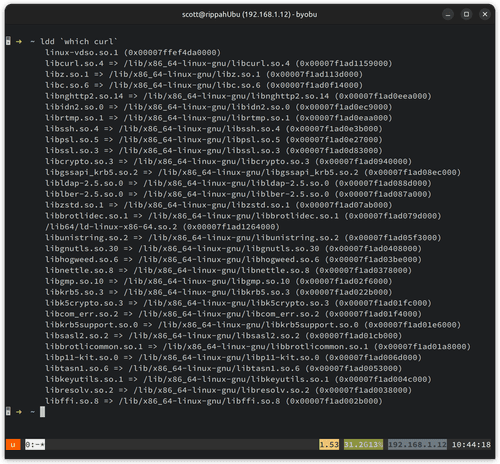Blog page

Cisco's eBPF Gambit: A Game Changer in Cloud Native Security?
A short report on Cisco's acquisition of Isovalent highligting the benefits Cisco can get out of the deal and how they can leverage eBPF
Read more
Adventures in eBPF
An exploration of eBPF highlighting how build a program that leverages eBPF to intercept SSL traffic in user-space
Read more
eBPF: Meaner Hooks, More WebAssembly and Observability Due
This blog post discusses the growing accessibility of eBPF-based tools for enhanced observability and functionality, indicating a trend towards broader adoption due to emerging, user-friendly solutions
Read more
eBPF program creation in practice – PID concealment (Part 1)
The NewStack reports on Cisco's acquisition of Isovalent, highlighting the strategic importance of eBPF technology and its application in Cilium for advancing network and security observability in cloud-native environments
Read more
eBPF program creation in practice – PID concealment (Part 1)
Learn how to create an eBPF program using a tracepoint
Read more
eBPF Up and Running: Part 1
A simple introduction to writing your first eBPF program using C and Golang
Read more
Enhancing ClickHouse Thread Performance Analysis with eBPF: Unveiling Insights for Optimization
Explore how to use eBPF to analyze ClickHouse thread performance effectively
Read more
Does Security Observability Really Need eBPF?
A short guide on the importance of eBPF for security observability, focusing on its role in enhancing telemetry data collection for better security monitoring and the consideration of its application based on system needs
Read more
Exploring eBPF: A New Approach to Observing Kubernetes Workloads
Explore how Cisco uses eBPF technology for enhancing Kubernetes observability within Cisco Cloud Observability, and its application to solving customer challenges
Read more
eBPF Tracepoints: Gaining Access to the TCP State Machine
Learn how to create an eBPF program with kernel-land and user-land components to display every TCP connections state whenever the state machine is triggered
Read more